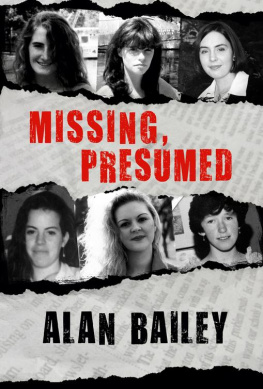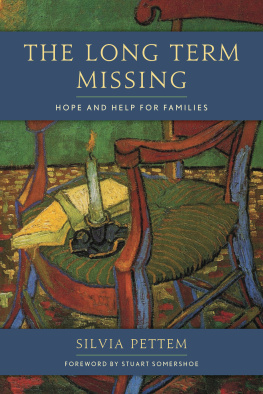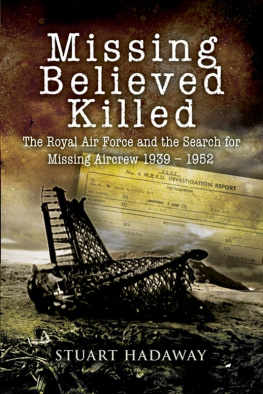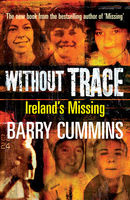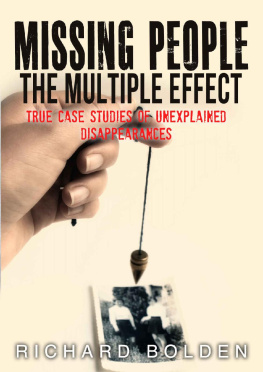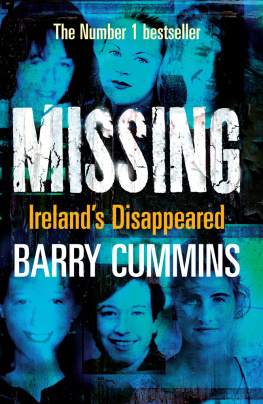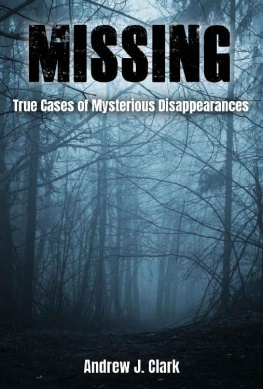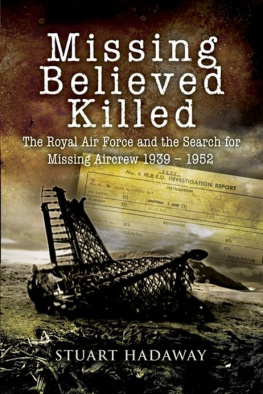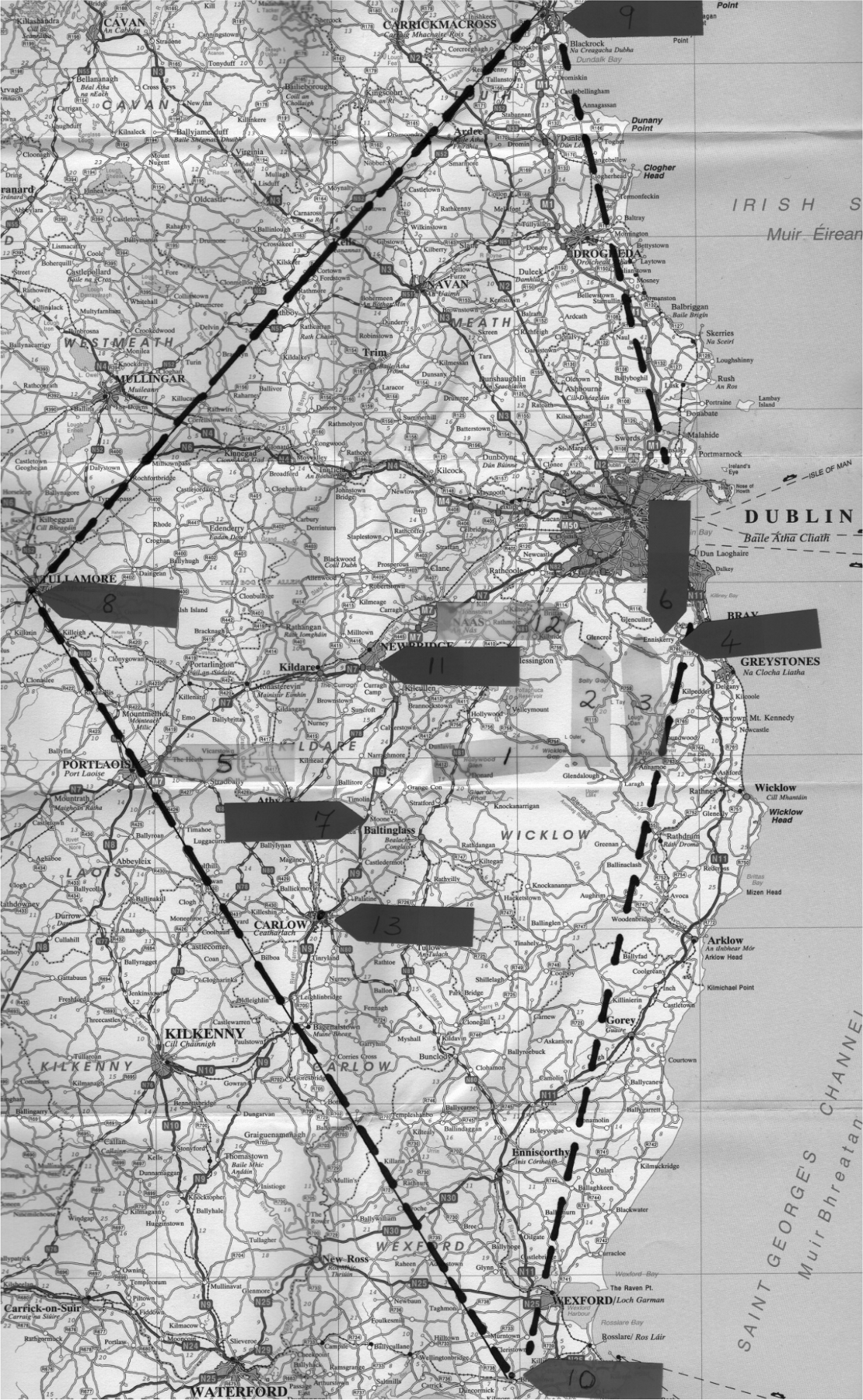All names marked by asterisks have been changed, either for discretion or safety.
Those friends and neighbours who met and greeted the young teenager, as she strolled homewards down the tree-lined road on that balmy July afternoon, could not have known that theirs would be the last verifiable sightings of her alive. Within six hours, her distraught parents would report her missing at their local Garda Station. Neither could they have imagined that, within eight hours, some of them would be hastily grouped together within search teams, combing the fields and roads near her home, desperately looking for some sign of the missing girl.
By the following morning, her disappearance was being linked, by both media and public, to other cases where females had disappeared, and had either never been seen again, or whose badly decomposed bodies had been accidently found months later. Fears were openly expressed that a serial killer was operating, either alone or with other like-minded predators, in an area of the country where instances of female disappearance had become so common that it had been dubbed the Vanishing Triangle.
This was the second disappearance of a teenager within the space of a few months. In February of that same year, a young girl had gone missing after leaving her local pub in the south-east of the country, to make the short journey to her rented home. She bid her friends goodnight as she walked out the door, and was never seen alive again.
Although these disappearances would account for just two of some six thousand missing-person reports filed with Gardai that year, the circumstances surrounding them were considered worrying enough to warrant the setting up of a specialised taskforce, to investigate both these and a number of other cases involving the disappearances of females.
The taskforce, codenamed Operation TRACE (an acronym for Tracing, Reviewing And Collating Evidence), were given among others six disappearances to investigate: American national Annie McCarrick, on Friday 26 March 1993; Kilkenny girl Josephine Jo Jo Dollard, on 9 November 1995; Tullamore native Fiona Pender, last seen on 23 August 1996; Dundalk teenager Ciara Breen, last seen alive on 12 February 1997; Fiona Sinnott, a young Wexford mother, last seen alive on 8 February 1998, and Deirdre Jacob, who went missing from Newbridge in County Kildare on 28 July 1998.
*
The taskforce would eventually reopen investigations into a number of other similar cases, including instances where bodies had later been located. These included the disappearance of Phyllis Murphy, who was last seen alive as she stood at a bus stop in Newbridge, on the evening of 22 December 1979, laden down with Christmas shopping. Her naked body was located on 18 January 1980, hidden in a forest in the Wicklow Mountains.
Housewife and mother Antoinette Smith disappeared on 12 July 1987, after a night out in Dublin city. Her body was located in the Dublin Mountains on 3 April 1988. There was a plastic bag wrapped tightly around her head.
The murder of another female, whose body was located less than three weeks after that of Antoinettes, was also under examination. On this occasion, however, the body was located outside of our jurisdiction, in a national park in North Antrim. German tourist Inga Hauser had last been seen alive getting off the ferry at Larne, on 6 April 1988.
Prison officer Patricia Doherty left home on the evening of 23 December 1991, to do some last-minute Christmas shopping. Her body was located on 21 June of the following year, by a man cutting turf in the Dublin Mountains. The body dump site that had been selected was less than a mile from where Antoinettes body had been located some three years earlier.
There was also the case of agoraphobia sufferer Marie Kilmartin, who disappeared on a dark winter evening, in December of 1993, after inexplicably leaving her house. Her body was accidentally located in June of 1994, in bogland outside Portarlington.
Arlene Arkinson, a native of Caslederg, Northern Ireland, was last seen alive shortly after leaving a discotheque in Bundoran, County Donegal, in August 1994. What the carefree young teenager could not have known was that her escort to the dance that night was, and is, one of Irelands most prolific and vicious sex offenders. Her body has never been located.
The conviction of two settled travellers for the violent rape of a young sex worker on 30 December 1994 would also form part of our investigation. Though the culprits had been brought to justice and their victim, in this instance, had survived her ordeal, their crime was nevertheless considered relevant , if only because of the area where they brought their victim. Whether by accident or design, this rape occurred within walking distance of the body dump sites of both Antoinette and Patricia.
*
Shortly after TRACE began its work, the body of a young girl would be located in the Dublin Mountains, after a convicted rapist called to Rathfarnham Garda Station with his wife, and casually admitted to her rape and murder. The crime had, until then, gone unreported. Again, the body dump site selected by him was considered relevant to our enquiries.
Months later, Wicklow man Larry Murphy would be arrested for the abduction, multiple rape and attempted murder of a young woman within the area of the Vanishing Triangle. There would be no further disappearances following his arrest, a fact which led to him being linked by both media and public alike to the abduction of a number of the other missing-female cases.
Our investigations would bring us into almost daily contact with Irish societys underworld; one occupied by rapists, paedophiles and other criminals.
A convicted serial killer, serving time in a high-security prison in Canada, would claim to have in his possession naked images of some of the missing females, taken both before and after their murder.
We would meet with and interview men who, outwardly, seemed as if they were doing everything they could to assist in the search for their loved ones. We would become aware, while talking to these same people, that they themselves had questions to answer, in relation to their involvement in the missing persons disappearance or death.
There would be family members, lovers and friends who would all supply detailed alibis, knowing, deep down, that they were, though perhaps misguidedly, allowing someone to get away with murder.
It is now sixteen years since the establishment of Operation TRACE. The investigations into all these various cases continue. The families of the missing still spend every waking moment hoping and praying that, some day, their loved ones will be returned to them. The family of Phyllis Murphy received some closure, with the conviction of a trusted neighbour for her murder. For the rest, the wait continues.

